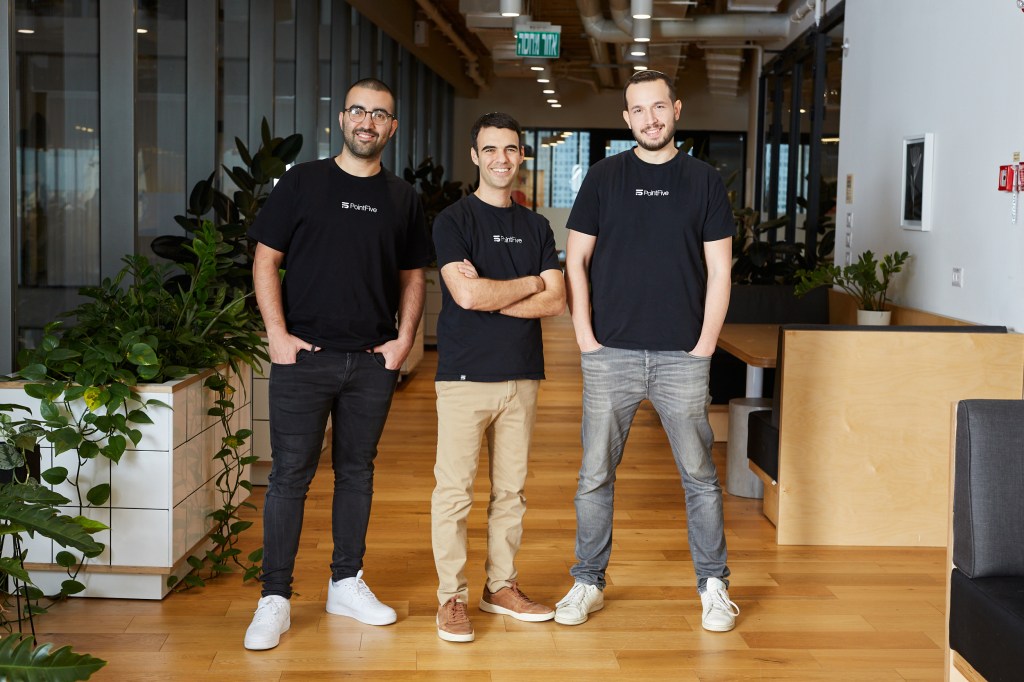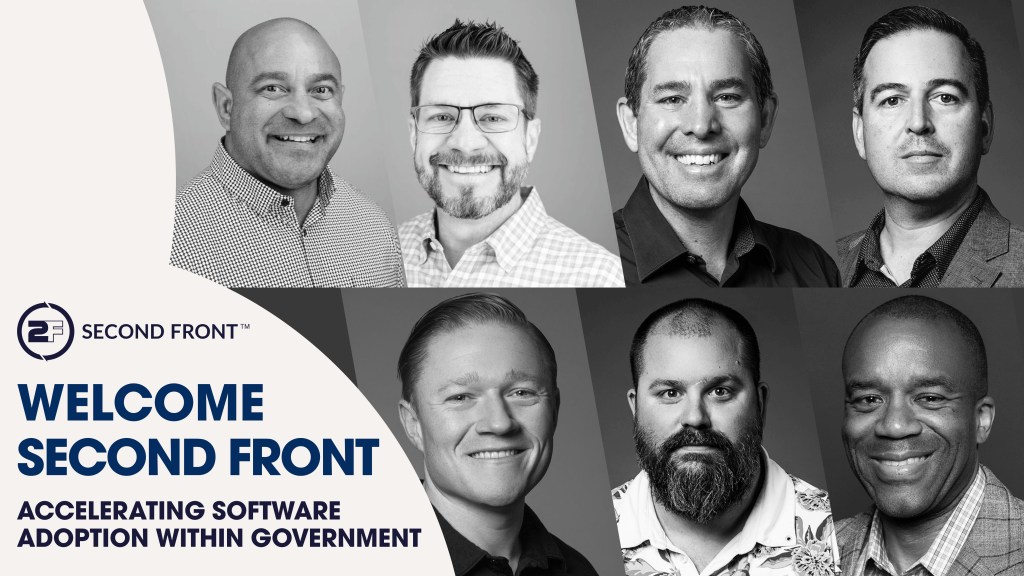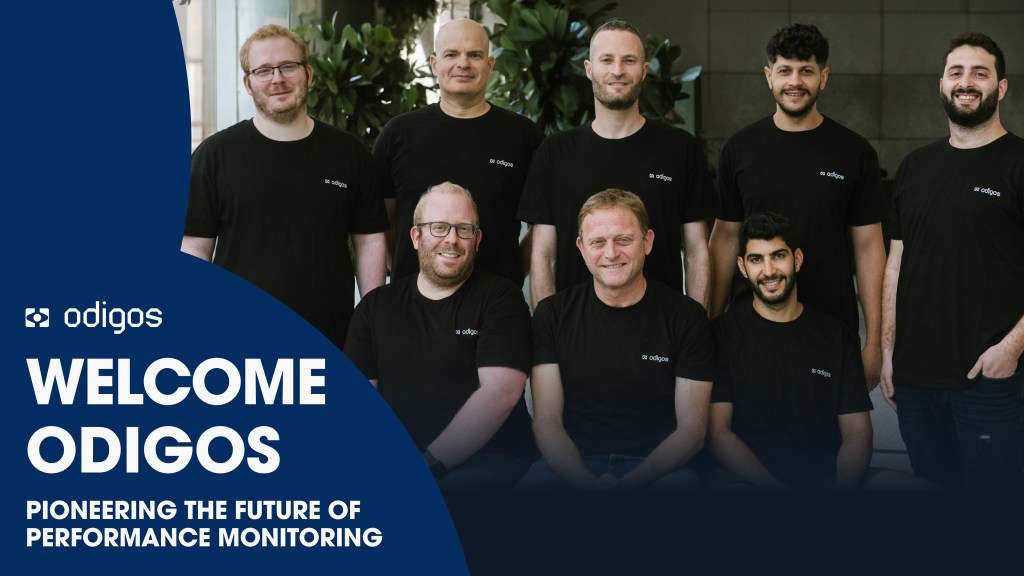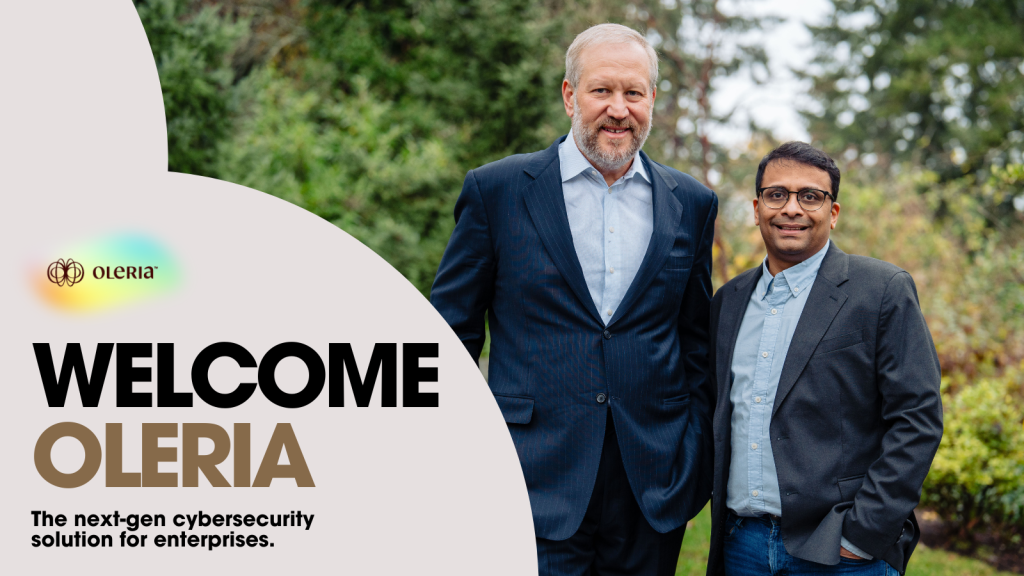Perspective Type: Portfolio

by
Kartik Gupta, Nowi Kallen and Sam Ackah-Yensu

by
Caroline Fiegel and Jason Spinell

by
Kevin Wu and Rob Keith

by
Jessica Bartos and Nowi Kallen

by
Claudine Emeott, Adrianna Alterman, Enki Toto and Lauryn Poyser

by
Claudine Emeott, Adrianna Alterman and Lauryn Poyser

by
Laura Rowson, Nowi Kallen and Kevin Wu

by
Rob Keith and Emily Zhao

by
Kartik Gupta and Nowi Kallen

by
Nowi Kallen, Alexandra Quie and Sam Ackah-Yensu

by
Claudine Emeott, Adrianna Alterman and Lauryn Poyser

by
Rob Keith, Emily Zhao and Sam Ackah-Yensu